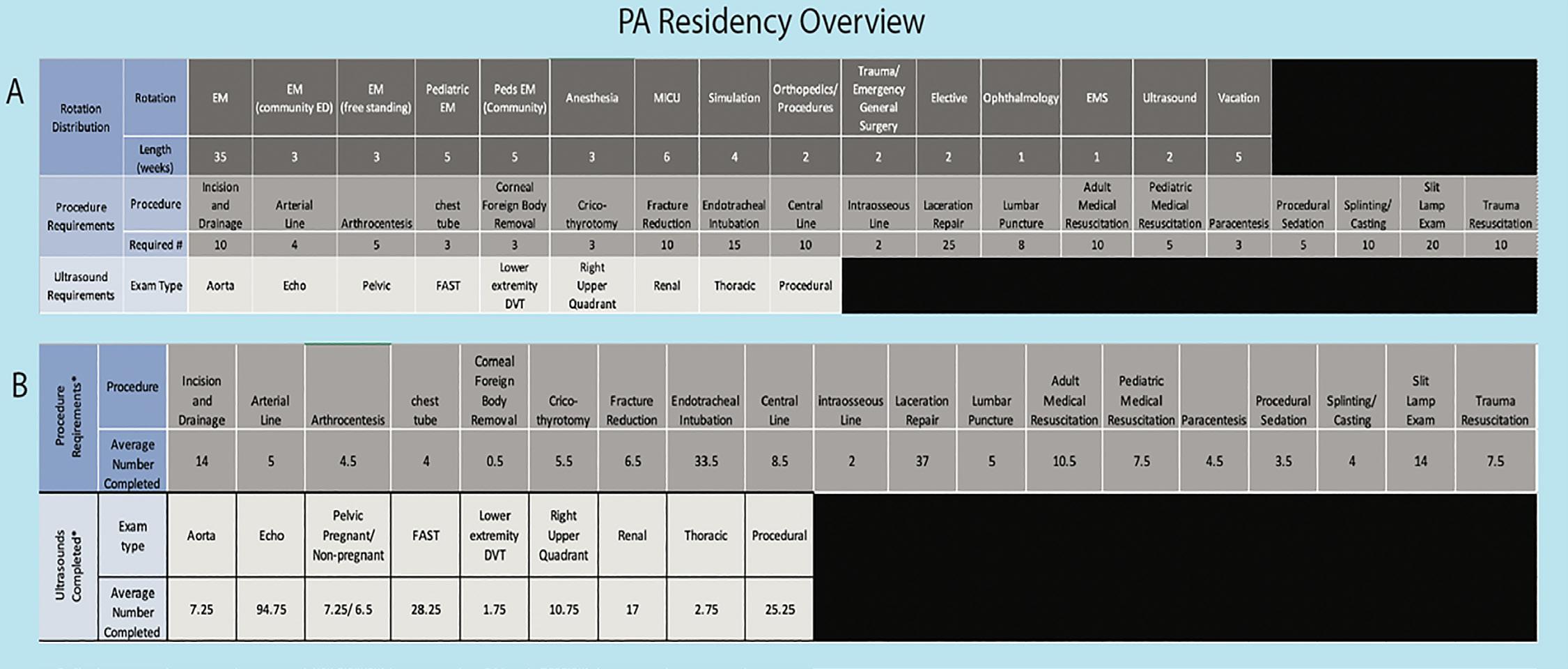COVID-19 Medical Student Elective Next Steps The UCI School of Medicine COVID-19 medical student elective was an effective and satisfying asynchronous experience for medical students at our institution. Next steps in full implementation include further integration of immersive experiences in COVID-19 patient care, including augmented and virtual reality, task trainers and hands-on work with ventilators. We also plan to evaluate our assessment tools in various reliability and validity measures to better assess knowledge and behavior in our cohorts.
Sudario et al. REFERENCES 1. Whelan A, Prescott J, Young G, et al. Important guidance for medical students on clinical rotations during the coronavirus (COVID-19) outbreak. 2020. Available at: https://www.aamc.org/news-insights/ press-releases/important-guidance-medical-students-clinical-rotationsduring-coronavirus-covid-19-outbreak. Accessed June 17, 2020. 2. Ashcroft J, Byrne MHV, Brennan PA, et al. Preparing medical students for a pandemic: a systematic review of student disaster training programmes. Postgrad Med J. 2020;97(1148):368-79 3. Kern DE, Thomas PA, Hughes MT, eds. (2009). Curriculum Development for Medical Education: A Six-Step Approach. 2nd ed. Johns Hopkins University Press;Baltimore, MD.
Address for Correspondence: Gabriel Sudario, MD, MSEd, University of California, Irvine School of Medicine, Department of Emergency Medicine, 1001 Health Sciences Rd., Irvine, CA 92617. Email: gsudario@uci.edu.
4. Dick W, Carey L, Carey JO. (2015). The Systematic Design of Instruction, 8th ed. Pearson; New York. 5. Anderson LW, Krathwohl DR, Bloom BS. (2001). A Taxonomy for Learning, Teaching, and Assessing: A Revision of Bloom’s Taxonomy
Conflicts of Interest: By the WestJEM article submission agreement, all authors are required to disclose all affiliations, funding sources and financial or management relationships that could be perceived as potential sources of bias. No author has professional or financial relationships with any companies that are relevant to this study. There are no conflicts of interest or sources of funding to declare.
of Educational Objectives. Complete ed. Longman; New York. 6. Kirkpatrick JD, Kirkpatrick WK. (2016). Kirkpatrick’s Four Levels of Training Evaluation. ATD Press; Alexandria, Virginia. 7. Martinez-Romo M, McCoy CE. In: McCoy CE, ed. thesimbook.com. Orange, CA,: thesimbook.com; 2020. Accessed April 15, 2020. 8. Theoret C, Ming X. Our education, our concerns: the impact on
Copyright: © 2022 Sudario et al. This is an open access article distributed in accordance with the terms of the Creative Commons Attribution (CC BY 4.0) License. See: http://creativecommons.org/ licenses/by/4.0/
Western Journal of Emergency Medicine
medical student education of COVID-19. Med Educ. 2020;54(7):591-2. 9. Driscoll MP. (2005). Psychology of Learning for Instruction. 3rd ed. Pearson Allyn and Bacon; Boston, MA.
46
Volume 23, no. 1: January 2022













